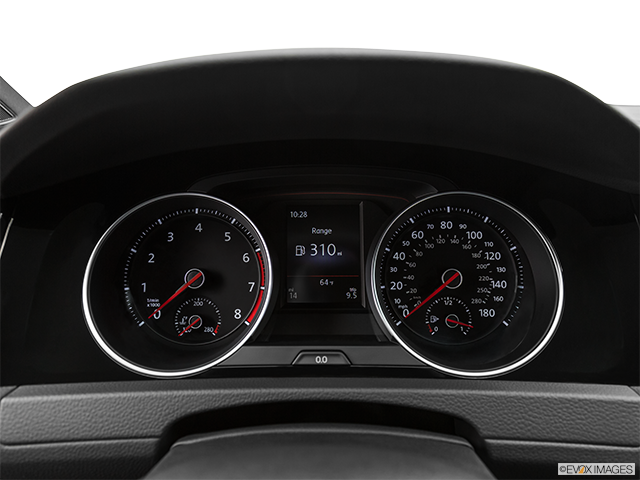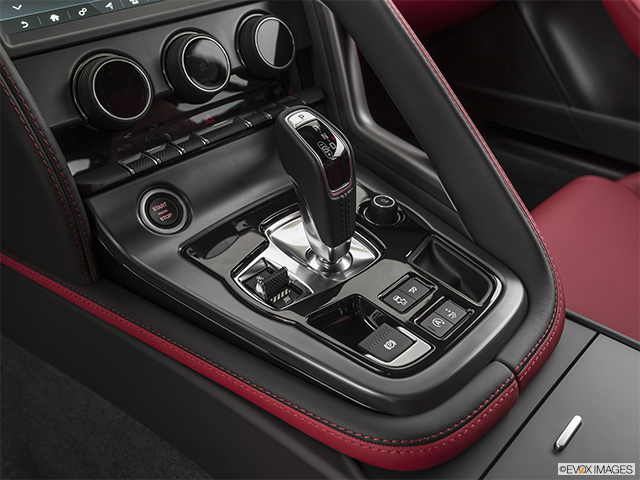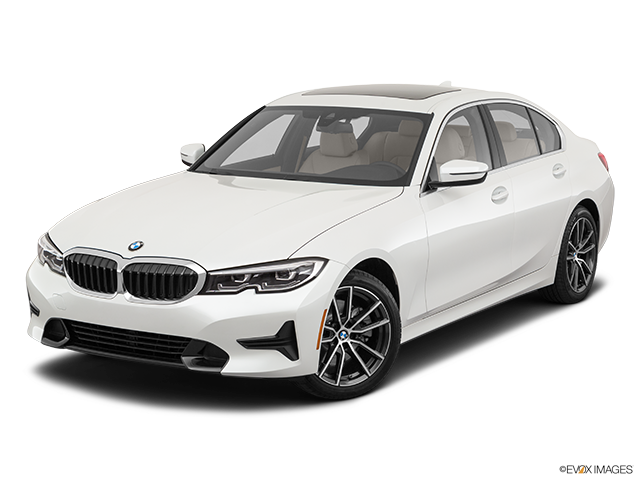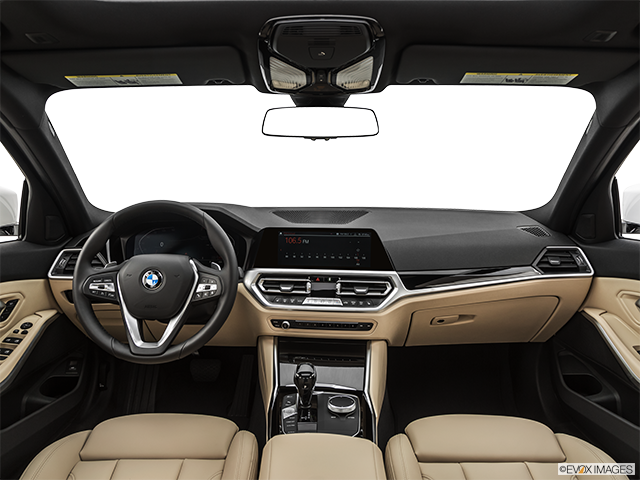Having a high quality, user-friendly website is crucial to the success of your automotive dealership. Your website needs to convey relevant information, keep consumers engaged, and establish your brand identity.
It also needs to help consumers decide which vehicle to purchase. In fact, over one-third of automotive consumers say they used information found on a dealer’s website to make a purchase decision.
It’s hard to achieve all of these goals with text alone, which is why imagery plays such an important role in website design. But there is a right and a wrong way to use imagery on your website. Follow these tips to use the best car images to improve your website, generate sales, and grow your auto dealership:
Choose Relevant Images
Don’t choose car images for your website at random. It’s important to search for relevant images that can be used to enhance the rest of your website’s content. The images you choose should add value and serve a purpose.
For example, say you are writing a blog for your website about the most popular luxury SUVs. You should only include the best car images of the luxury SUVs you are discussing in the blog. Adding these images will help readers visualize the vehicles you are describing in the blog post.
Images of coupes, sedans, trucks, or even other types of SUVs that aren’t mentioned in the blog are not relevant to the content, so they don’t add any value to your website. Adding these images could actually confuse readers.
Use Images to Break Up Text
In writing, the start of a new paragraph is used to separate ideas, break up large chunks of text, and make the content easier to understand. In web design, images should be used just like new paragraphs to break up text and make it easier for the reader to digest the content.
You should use images to break down text on every page of your website. The number of images you should use per page will vary depending on several factors, including the length of the content. The longer the content, the more images you may need to break it up. In general, experts recommend using one image per 150 words of content.
If you don’t use images in this manner, users who land on your site might immediately leave and visit a competitor’s site as soon as they see the wall of text on your page.
Don’t Forget to Optimize
About one-third of all Google searches are performed in Google Images. Because of this, it’s important to optimize every image you add to your website.
There are countless ways to optimize car images for SEO. Some of the best practices include:
Incorporate relevant keywords into the file name before uploading it onto your website. If you are uploading an image of the inside of a new Toyota Corolla, for example, you may want to use the file name “2021-Toyota-Corolla-interior.”
Add keywords to each image’s alt text and title text. To simplify this process, use the same alt text, title text, and file name.
Choose the right file type for SEO. Photographs should be JPGs, whereas graphics should be PNGs.
Make sure the right image appears whenever a link to the page is shared on social media. To do this, add this code to the <head> section on your page: <meta property="og:image" content="http://example.com/link-to-image.jpg" />
Write a short caption that includes your primary keyword.
Following these tips will give you a better chance of appearing within the Google Image results for relevant searches.
Crop and/or Resize Images
Before uploading an image to your website, think about whether it needs to be cropped or resized.
For example, say you are adding a featured image to a WordPress blog post. WordPress suggests using a featured image that is 1200 x 628 pixels, but the image you want to use is 1920 x 1080 pixels. In this case, you may want to resize it to 1200 x 628 pixels to ensure it is not distorted once it is uploaded as your featured image.
You should also avoid using large images unless it’s absolutely necessary. The larger the image, the larger the file size, and the longer it will take to load on your page. This could slow down your page speed, which can affect your website’s user-friendliness and ranking.
A simple way to see if the image is too large is to look at its file size. Most web images should be about 300 KB or less. However, if it’s a large image or a full-screen background image, the size should be no more than 1 MB. If your images exceed this file size, you may want to resize them before uploading them to your website.
Upload Multiple Images Per Vehicle
Each page of your website may serve a different purpose. Some pages may be used to educate consumers, whereas others may be used to persuade them to purchase a specific vehicle. If you are creating a sales-focused page for consumers, it’s important to upload multiple images of the vehicle you are trying to sell.
Show consumers the exterior of the vehicle from all angles. You should also include interior shots that allow consumers to see what it would be like to sit behind the wheel. The greater the number of images you include, the better the consumer will understand the product.
Consider the Context
When choosing an image for your website, think about where it will be used.
For example, the images you choose for a vehicle listing page should focus solely on showcasing the vehicle. These images should have a solid-colored background that does not distract the user.
However, the rules are different if you are choosing an image for the background of your homepage. You need to choose an eye-catching, powerful image for the background of your homepage, so a hero shot of a sleek vehicle driving through the city or a sporty vehicle driving over rugged terrain might be more appropriate.
Incorporate Other Visuals
Don’t be afraid to incorporate other visuals into your web design. The best websites are designed with multiple types of visuals, including:
Infographics
Videos
Graphs or other data visuals
Logos or other branding elements
Quotes pulled from the text and enlarged
360-degree videos
Interactive visuals such as polls or quizzes
Finding ways to include these visuals will make your website more engaging and improve the overall user experience. But remember, you should only include visuals that are relevant, so if you can’t find other types of relevant visuals, it’s best to stick to images.
Be Consistent
Consistency is key when adding the best car images to your website. All of the images on a page should be a consistent size and style.
For example, say you are adding images to a blog post. Some of the images you choose are horizontally oriented, whereas others are vertically oriented. The images are all different sizes, too. This can make the page look messy, disoriented, and visually unappealing.
However, if you use images that are the same orientation and size, the page will look organized, easier to read, and more professional. Keep this in mind when adding multiple images to one webpage.
DRIVING INNOVATION IN AUTOMOTIVE IMAGERY
The EVOX Images database features the most innovative packages of interior and exterior stills, 360º vehicle imagery, and VR experiences. At more than a million images strong, our team consistently raises the bar on industry standards, and offers an unmatched delivery schedule.
Complete. Easy. Powerful. EVOX.
SEARCH OUR BLOG














